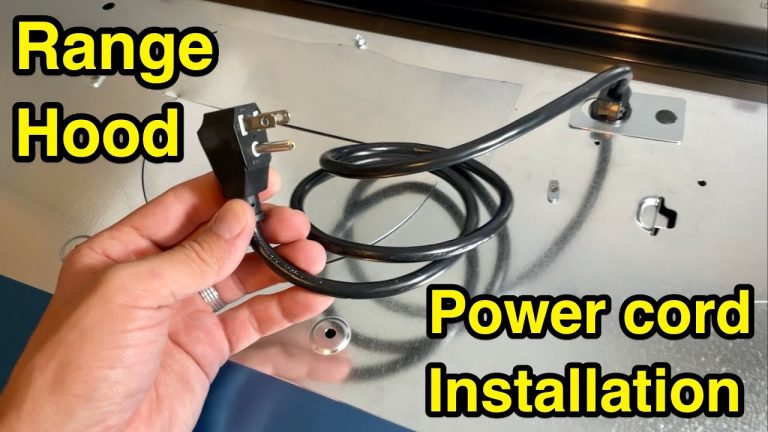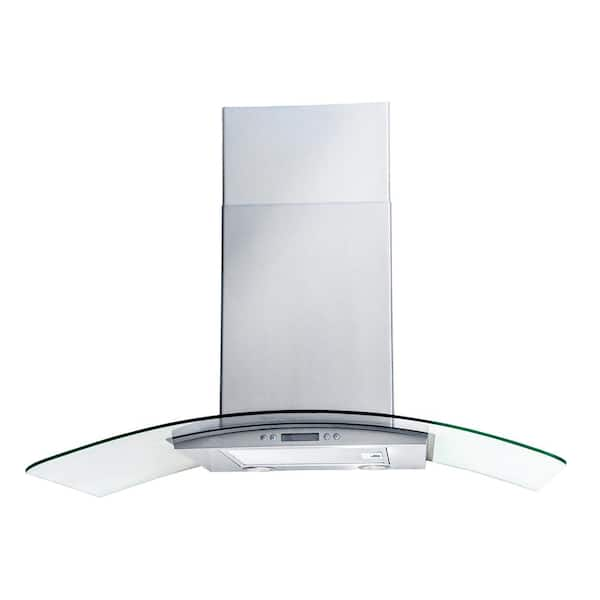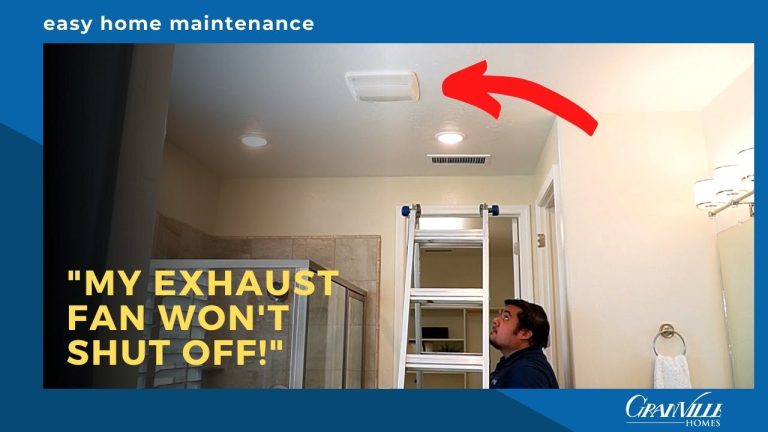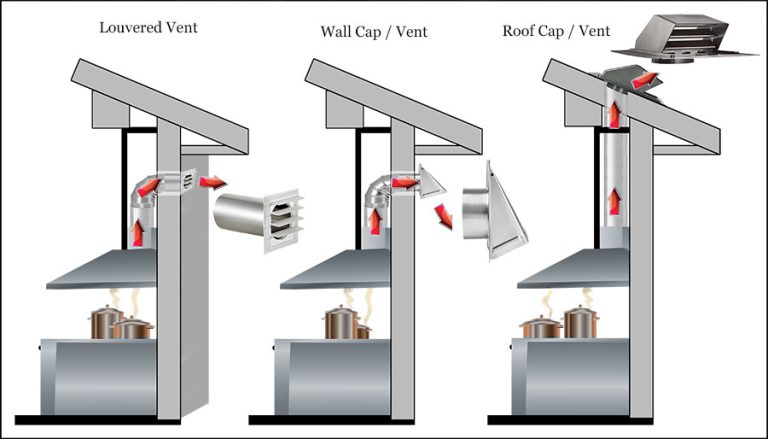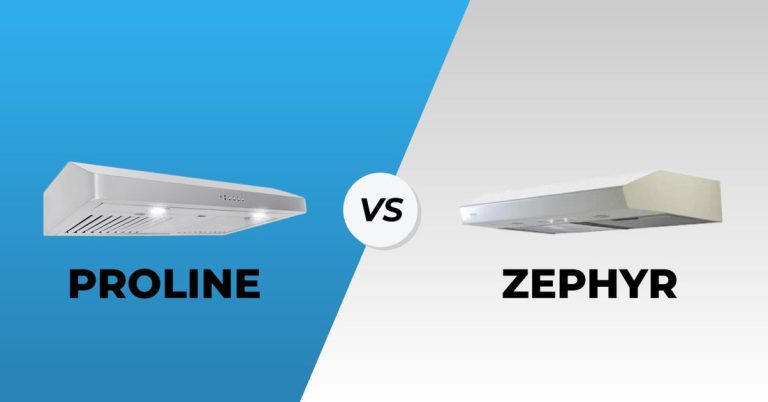Residential kitchen hood code requirements typically mandate that hoods be installed over cooking appliances to ensure proper ventilation. Minimum clearance heights and specific airflow rates must also be met for safety and efficiency.
Proper ventilation in residential kitchens is vital for maintaining air quality and safety. Kitchen hoods help eliminate smoke, steam, and odors, making cooking a more enjoyable experience. Various codes and regulations dictate the installation and performance of these systems. Understanding these requirements ensures compliance and enhances home safety.
Homeowners should consult local building codes to determine specific regulations, which may vary by region. Investing in a quality kitchen hood not only improves air quality but also adds value to your home. Prioritizing these standards will lead to a healthier cooking environment.
Introduction To Kitchen Hood Code Requirements
Kitchen hood code requirements are very important for safety and ventilation. They help prevent fires and ensure clean air. Proper compliance protects residents from harmful smoke and gases.
Following these codes can also improve kitchen efficiency. A well-ventilated kitchen makes cooking safer and more enjoyable. Compliance means using the right materials and designs for installation.
Ignoring these regulations can lead to serious health risks. It may also result in fines or penalties. Always check local codes to ensure your kitchen hood meets safety standards.
Types Of Residential Kitchen Hoods
Residential kitchen hoods come in two main types: ducted and ductless models.
Ducted hoods vent air outside. They are often more effective at removing smoke and odors.
Ductless hoods recycle air back into the kitchen. They use filters to clean the air.
Both options have their pros and cons. Ducted hoods require installation of ductwork. Ductless hoods need regular filter changes.
Range hoods also come in various styles. Common styles include under-cabinet, wall-mounted, and island hoods.
Choose a style that fits your kitchen’s design. Ensure it meets your cooking needs for best results.
Building Code Fundamentals
Building codes are important for safety and compliance. Local codes can differ from national codes. Always check local regulations for specific requirements.
Key standards include ventilation and clearance. Proper ventilation helps remove smoke and odors. Clearance is needed to prevent fire hazards.
Consulting with experts ensures compliance. Inspectors can clarify local and national requirements. Understanding these codes helps create a safe kitchen environment.

Credit: kitchenventilation.com
Size And Power Considerations
Choosing the right size and power for your kitchen hood is essential. It ensures proper ventilation and safety. The minimum CFM (Cubic Feet per Minute) requirements depend on your cooking style.
For gas stoves, a hood should have a minimum of 100 CFM per linear foot of cooktop. Electric stoves need at least 50 CFM per linear foot. Always check local codes for specific requirements.
| Stove Type | Minimum CFM Requirement |
|---|---|
| Gas Stove | 100 CFM per linear foot |
| Electric Stove | 50 CFM per linear foot |
Hood dimensions also matter. A wider hood captures more smoke and odors. Aim for a hood that is at least three inches wider than the cooktop on each side.
Installation And Clearance Regulations
The height above the cooktop for a residential kitchen hood is crucial. It usually ranges from 24 to 30 inches. This distance ensures effective ventilation while preventing fire hazards.
Proper ductwork practices help maintain the efficiency of kitchen hoods. Use smooth ducting to reduce airflow resistance. Avoid sharp turns in ductwork to minimize airflow issues.
Ensure ductwork is securely connected. This prevents leaks that could reduce suction. Regularly check the duct for any blockages or damage.
Remember to follow local building codes. These codes may vary by region. Always consult with a professional for best results.

Credit: www.kitchenaid.com
Material And Construction Specifications
Using the right materials in kitchen hood construction is very important. Stainless steel is a top choice due to its durability and resistance to heat and moisture. Aluminum is also a lightweight option, but it may not last as long.
Fire-resistant features are essential for safety. Non-combustible materials help prevent fires from spreading. Insulation within the hood can reduce heat transfer. Always ensure that the kitchen hood meets local building codes for safety.
| Material | Durability | Fire Resistance |
|---|---|---|
| Stainless Steel | High | Excellent |
| Aluminum | Moderate | Good |
| Non-combustible Materials | Varies | Best |
Ventilation And Airflow Standards
Proper ventilation is key for maintaining air quality in kitchens. Residential kitchen hoods help remove smoke and odors. They should follow local codes to ensure safety and efficiency.
Balancing indoor and outdoor air pressure is important. This balance prevents backdrafts and ensures fresh air. Use makeup air systems to provide fresh air if needed. This helps keep the kitchen comfortable and safe.
Regular maintenance of kitchen hoods is crucial. Clean filters regularly to keep airflow strong. Check for any blockages to ensure proper function. Following these practices helps maintain a healthy cooking environment.
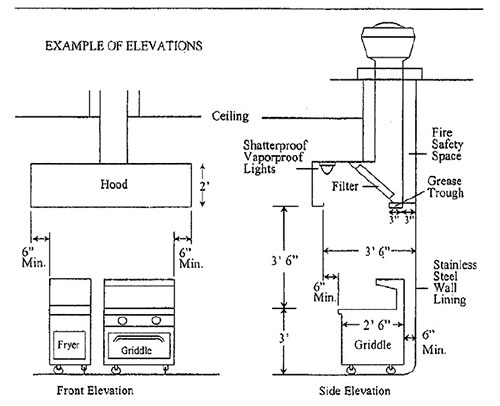
Credit: sonomacounty.ca.gov
Maintenance And Inspection Requirements
Routine cleaning schedules are vital for kitchen hood safety. Clean the hood and filters at least every month. This helps prevent grease buildup and fire hazards. More frequent cleaning may be needed for high-use kitchens.
Professional inspection intervals should follow local codes. Generally, a professional should inspect the system every 6 to 12 months. Inspections ensure that all parts work correctly and meet safety standards. Always keep records of these inspections for compliance.
| Task | Frequency |
|---|---|
| Routine Cleaning | Monthly |
| Professional Inspection | Every 6-12 months |
Common Violations And Compliance Tips
Common violations in kitchen hood installation can lead to safety issues. Always check local building codes before starting. Using the wrong duct size can cause poor ventilation. Ensure the hood is properly secured to avoid accidents.
For long-term compliance, regular maintenance is crucial. Clean the filters often to prevent grease buildup. Inspect the ductwork for any blockages or damage. Follow the manufacturer’s guidelines for best results.
Document all inspections and repairs. This helps track compliance over time. Share this information with your local fire department if needed.
Conclusion: Navigating Code Compliance
Adhering to kitchen hood codes offers many benefits. It ensures safety by reducing fire risks. Proper ventilation keeps air clean and removes smoke and odors. Following these codes may also improve home value. Homes that meet standards attract more buyers.
For homeowners, understanding code compliance is crucial. Resources are available to help navigate these requirements. Local building departments provide guidance on specific codes. Online platforms offer useful checklists and FAQs. Consulting with professionals ensures proper installation and compliance.
Frequently Asked Questions
What Are The Kitchen Hood Code Requirements?
Kitchen hood code requirements vary by location. Generally, they include guidelines on ventilation, fire safety, and installation. Local building codes often dictate specific standards. Always consult your local regulations to ensure compliance and safety. Following these codes helps prevent fire hazards and ensures proper ventilation.
How High Should A Kitchen Hood Be Installed?
A kitchen hood should typically be installed 24 to 30 inches above the cooking surface. This height allows optimal ventilation while ensuring safety. However, specific requirements may vary based on the type of hood and stove. Always refer to the manufacturer’s guidelines for proper installation height.
Do I Need A Permit For Kitchen Hood Installation?
Yes, a permit is usually required for kitchen hood installation. Local building codes often mandate this to ensure safety and compliance. Check with your local authority to understand the specific requirements. Obtaining a permit helps avoid issues during inspections and ensures a safe installation.
What Types Of Kitchen Hoods Are Compliant?
Compliant kitchen hood types include under-cabinet, wall-mounted, and island hoods. Each type must meet specific ventilation and safety standards. Additionally, they should be tested and certified by relevant authorities. Choosing the right type ensures efficiency and compliance with local codes.
Conclusion
Understanding residential kitchen hood code requirements is essential for safety and compliance. Proper installation and maintenance can prevent hazards and ensure efficient ventilation. Always consult local codes and regulations to stay informed. Prioritizing these standards not only protects your home but also enhances your cooking experience.
Stay safe and informed!
